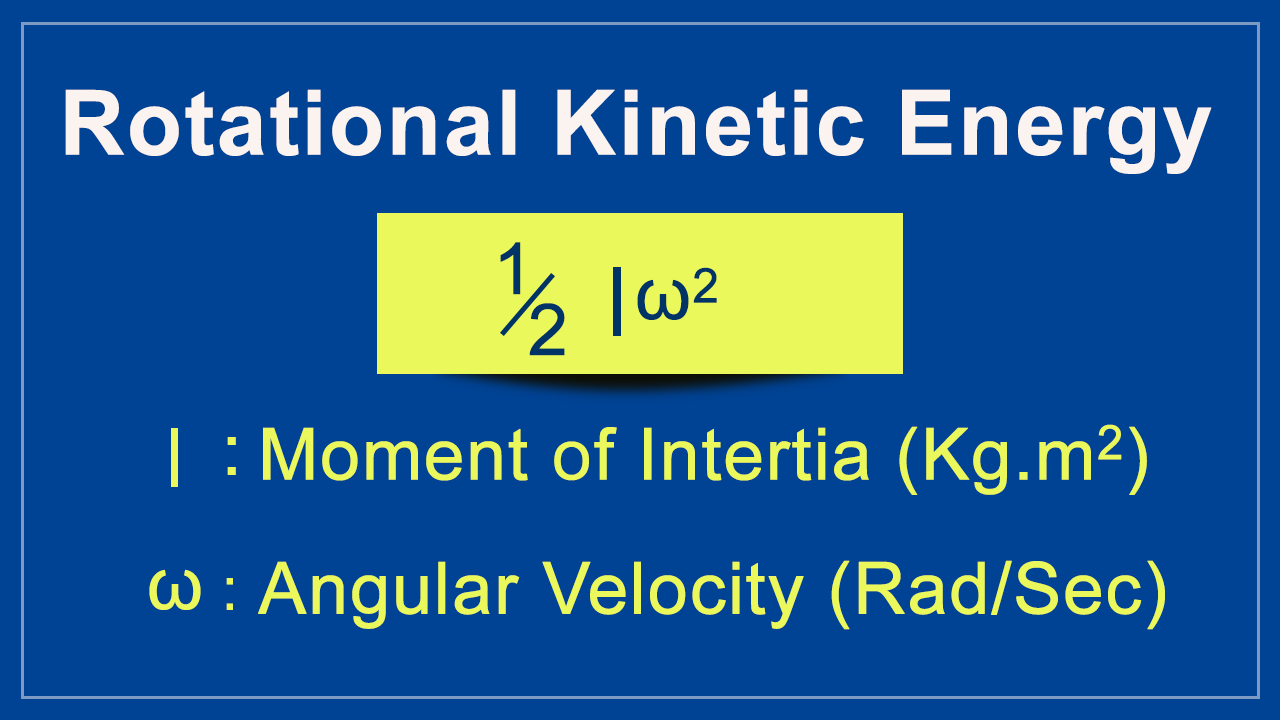

Work is a significant factor while considering kinetic energy.

So, it only has magnitude but no direction. Moreover, the quantity is scalar and always positive because it is an energy form and doesn’t depend on the direction.Kinetic energy can exist in different forms, further discussed in-depth in the types of kinetic energy section. The former is concerned with bodies in motion, while the latter is associated with objects at rest.The two broad categories are potential energy (P.E) and kinetic energy (K.E). It may exist in different forms, but all forms are associated with motion. Kinetic Energy Meaning & ExamplesĮnergy in science or physics is defined as the capability to do work. The motion may be translational, vibrational, or rotational motion. It’s a property unique to moving objects and bodies. It may also be defined as the energy contained by mass in motion.

Kinetic energy is a form of energy a body possesses while in motion. The origin of the word kinetic energy can be traced back to the French word travail mécanique (which means mechanical work) or quantité de travail (meaning quantity of work). What is Kinetic Energy? Definition, Meaning, Examples Kinetic Energy Definition So it's a lot more complicated than just doing a kinetic energy calculation, but that calculation does help to explain the difference in acceleration times.In this article, we will learn what is Kinetic Energy, its Definition, meaning, formula, equation, examples, diagram, types, unit, etc. Gear ratios determine how much of the engine's power is available at a particular speed, and traction is sometimes a limiting factor.

There are a lot of other factors involved in determining a car's acceleration, such as aerodynamic drag, which also increases with the velocity squared. Comparing the two results, we can see that it takes a KE of 1,000 m to go from 40 mph to 60 mph, whereas it only takes 200 m to go from 0 mph to 20 mph. Because the second part of the equation is 0, the KE = 1/2*m*20 2, or 200 m. We can calculate the kinetic energy required to go from 0 mph to 20 mph by calculating the KE at 20 mph and then subtracting the KE at 0 mph from that number. At first glance, you might say that in each case, the car is increasing its speed by 20 mph, and so the energy required for each increase must be the same. Let's compare how much kinetic energy is required at each of these speeds. You may have noticed that your car accelerates much faster from 0 mph to 20 mph than it does from 40 mph to 60 mph. This means that if a car is going twice as fast, it has four times the energy. One of the interesting things about kinetic energy is that it increases with the velocity squared. Where m is the mass and v is the velocity.


 0 kommentar(er)
0 kommentar(er)
